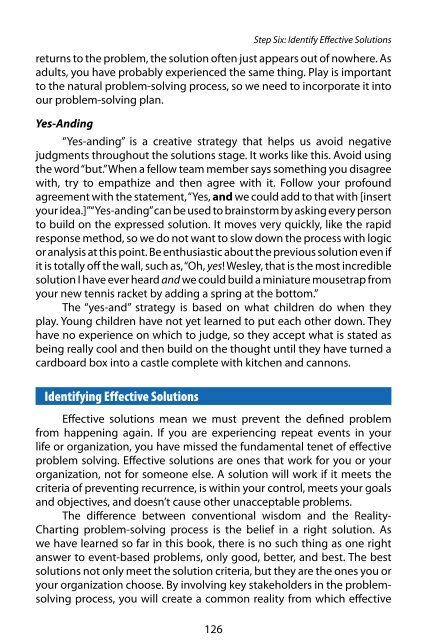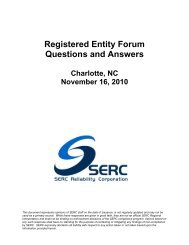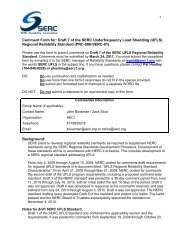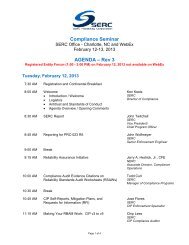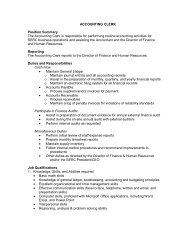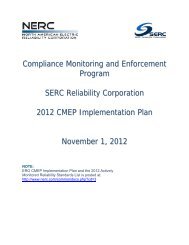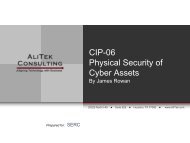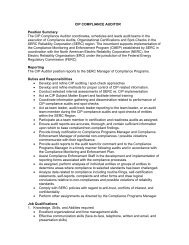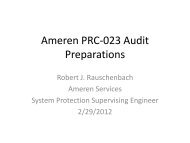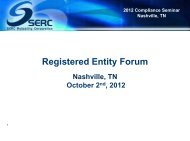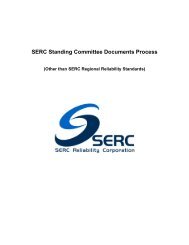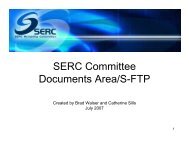RealityCharting e-book .pdf - SERC Home Page
RealityCharting e-book .pdf - SERC Home Page
RealityCharting e-book .pdf - SERC Home Page
- No tags were found...
You also want an ePaper? Increase the reach of your titles
YUMPU automatically turns print PDFs into web optimized ePapers that Google loves.
Step Six: Identify Effective Solutions<br />
returns to the problem, the solution often just appears out of nowhere. As<br />
adults, you have probably experienced the same thing. Play is important<br />
to the natural problem-solving process, so we need to incorporate it into<br />
our problem-solving plan.<br />
Yes-Anding<br />
“Yes-anding” is a creative strategy that helps us avoid negative<br />
judgments throughout the solutions stage. It works like this. Avoid using<br />
the word “but.” When a fellow team member says something you disagree<br />
with, try to empathize and then agree with it. Follow your profound<br />
agreement with the statement, “Yes, and we could add to that with [insert<br />
your idea.]” “Yes-anding” can be used to brainstorm by asking every person<br />
to build on the expressed solution. It moves very quickly, like the rapid<br />
response method, so we do not want to slow down the process with logic<br />
or analysis at this point. Be enthusiastic about the previous solution even if<br />
it is totally off the wall, such as, “Oh, yes! Wesley, that is the most incredible<br />
solution I have ever heard and we could build a miniature mousetrap from<br />
your new tennis racket by adding a spring at the bottom.”<br />
The “yes-and” strategy is based on what children do when they<br />
play. Young children have not yet learned to put each other down. They<br />
have no experience on which to judge, so they accept what is stated as<br />
being really cool and then build on the thought until they have turned a<br />
cardboard box into a castle complete with kitchen and cannons.<br />
Identifying Effective Solutions<br />
Effective solutions mean we must prevent the defined problem<br />
from happening again. If you are experiencing repeat events in your<br />
life or organization, you have missed the fundamental tenet of effective<br />
problem solving. Effective solutions are ones that work for you or your<br />
organization, not for someone else. A solution will work if it meets the<br />
criteria of preventing recurrence, is within your control, meets your goals<br />
and objectives, and doesn’t cause other unacceptable problems.<br />
The difference between conventional wisdom and the Reality-<br />
Charting problem-solving process is the belief in a right solution. As<br />
we have learned so far in this <strong>book</strong>, there is no such thing as one right<br />
answer to event-based problems, only good, better, and best. The best<br />
solutions not only meet the solution criteria, but they are the ones you or<br />
your organization choose. By involving key stakeholders in the problemsolving<br />
process, you will create a common reality from which effective<br />
126


